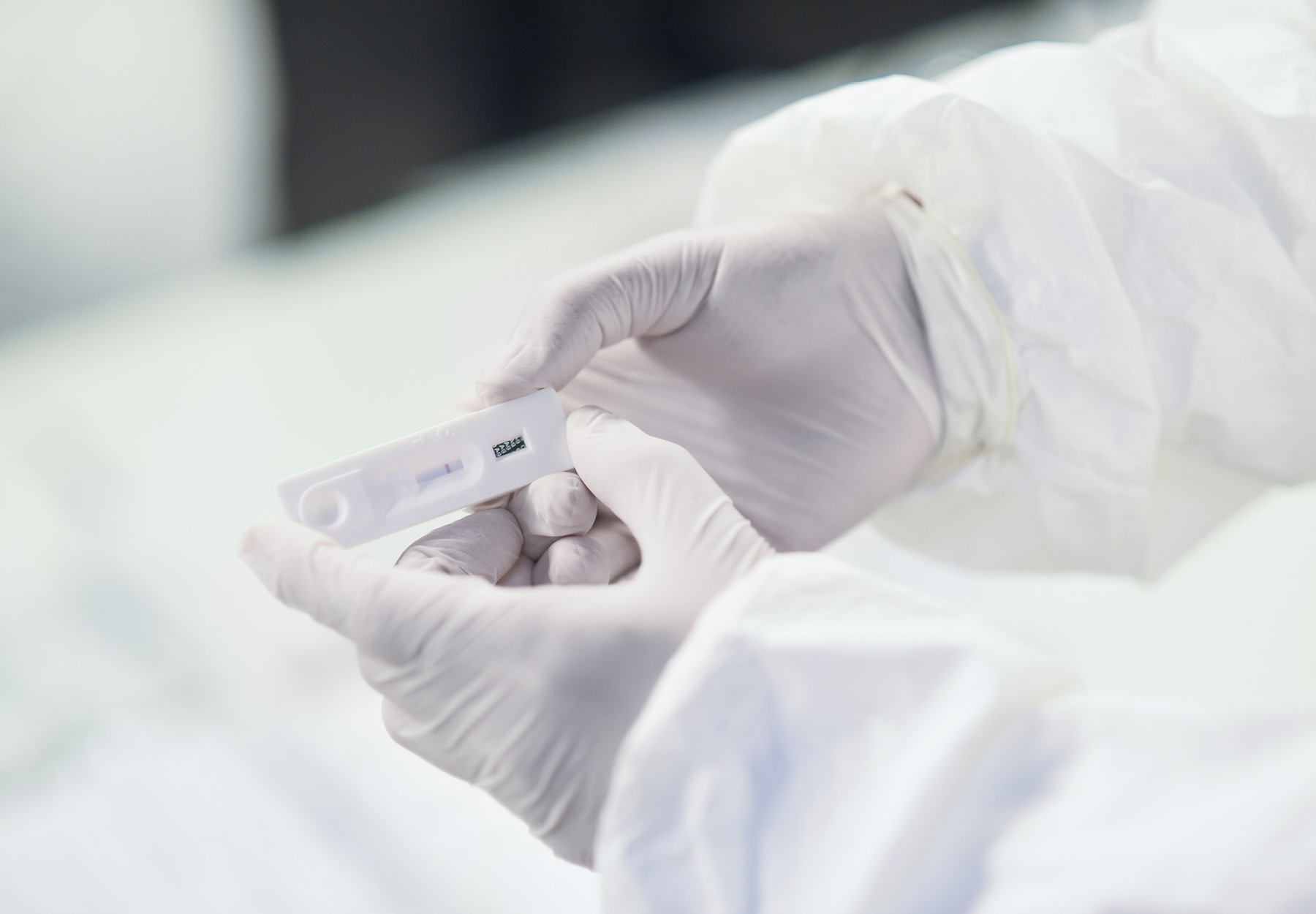EC to Phase in New In Vitro Diagnostic Regulation, Starting May 26
These have been stressful times for laboratories and companies that sell diagnostics products in Europe. The reason for that is that a massive new regulation that nobody is prepared to comply with is slated to take effect on May 26, 2022. It still will. However, now the European Union (EU) announced that the new In Vitro Diagnostic Regulation (IVDR) will not take effect all at once. Instead, it will be rolled out gradually in stages, depending on the nature of the product and risks it poses. EC Regulation of In Vitro Diagnostics The European Commission (EC) and the European Parliament adopted the ((EU) 2017/746) legislative framework for regulation of in vitro medical devices, such as HIV, pregnancy, and SARS-CoV-2 tests in April 2017. That framework consists of two parts: The new medical devices regulation (MDR); and The IVDR. The MDR was originally scheduled to take effect for two years, starting in May 2020, before being replaced by the IVDR in May 2022. Disruption from the global COVID-19 pandemic forced postponement of the MDR; but the EC stubbornly stuck with the May 2022 deadline for the IVDR. Impact on Laboratories and Device Companies To comply with the regulation, laboratories, what are […]

Subscribe to Clinical Diagnostics Insider to view
Start a Free Trial for immediate access to this article